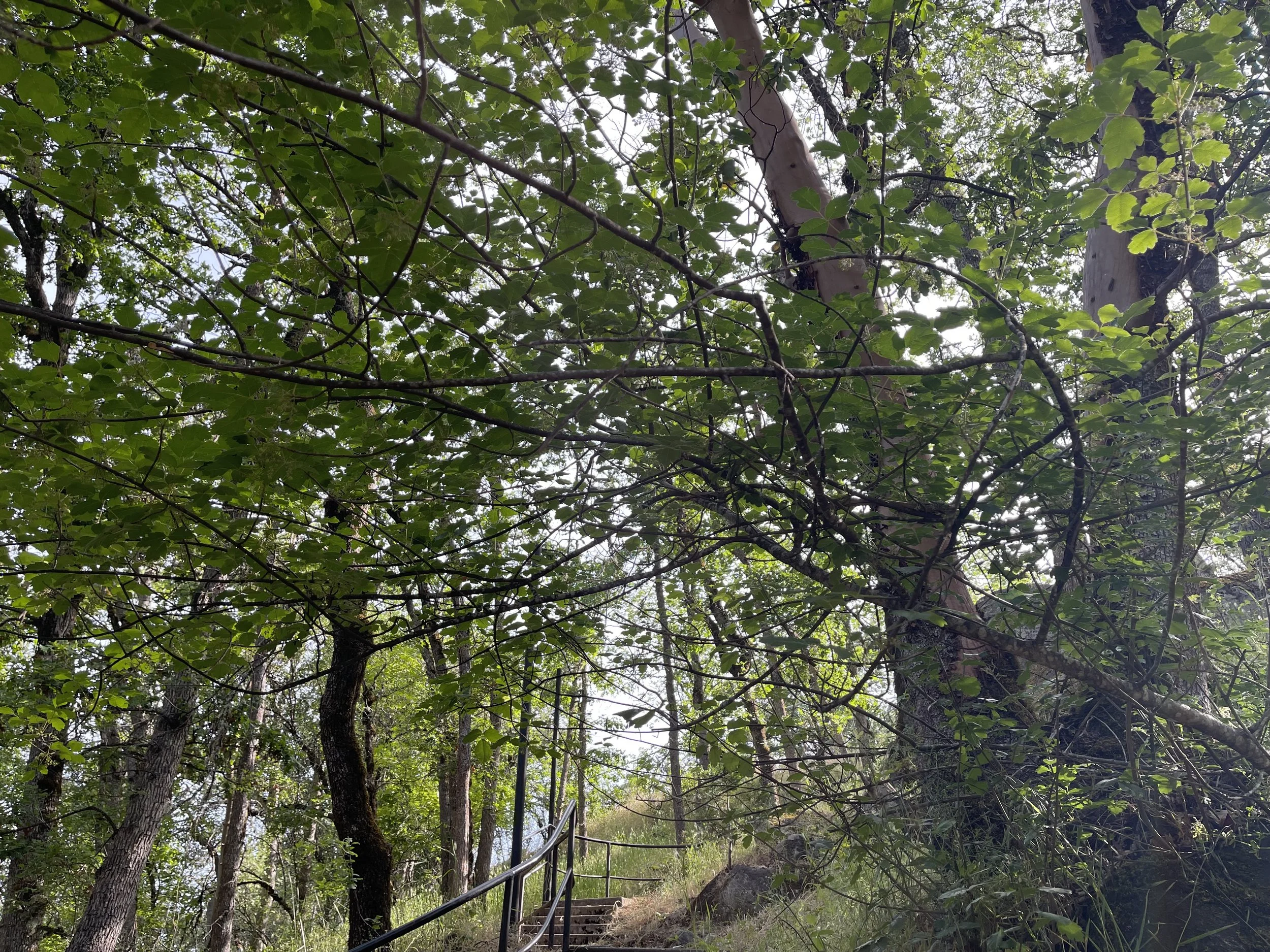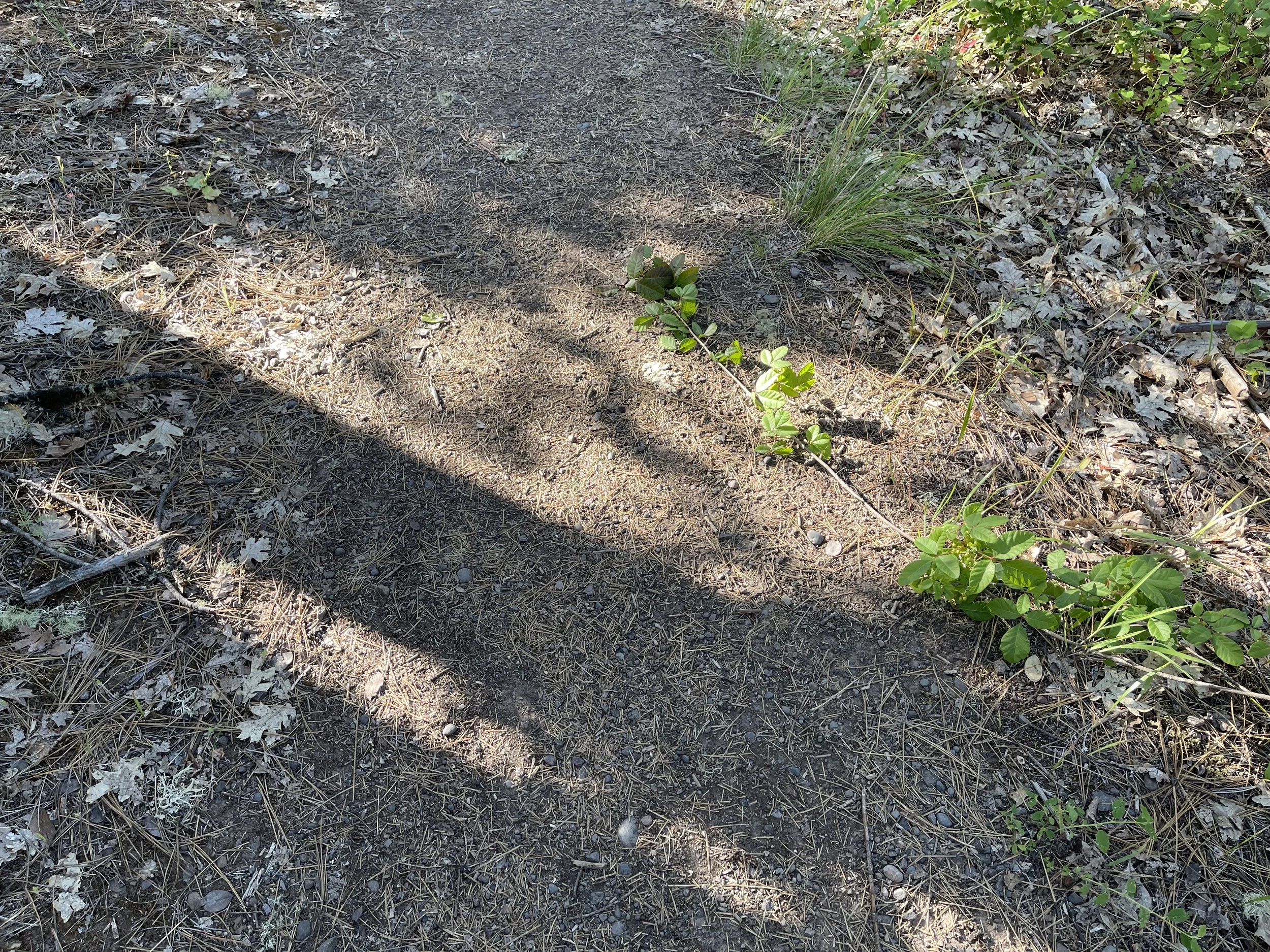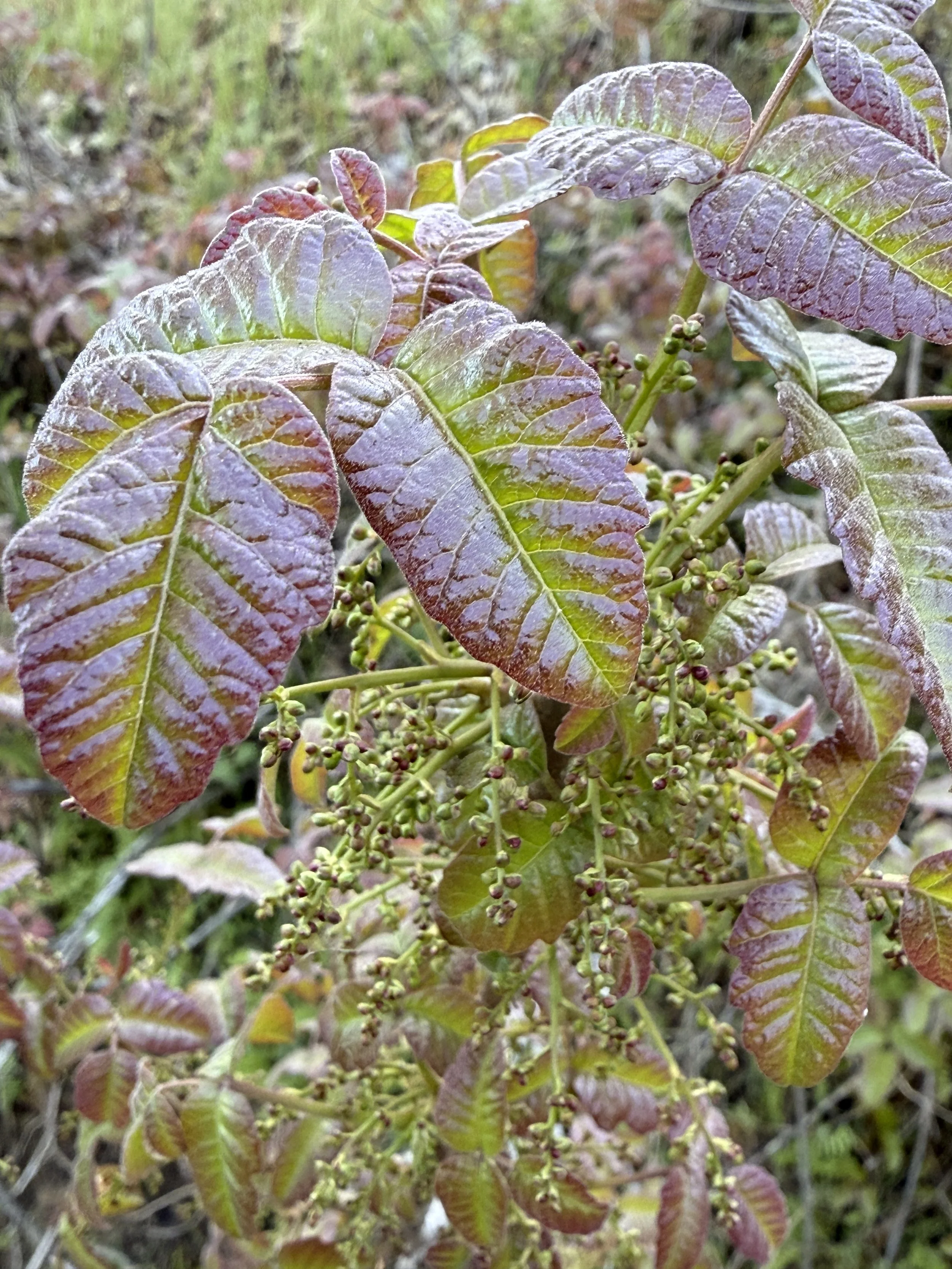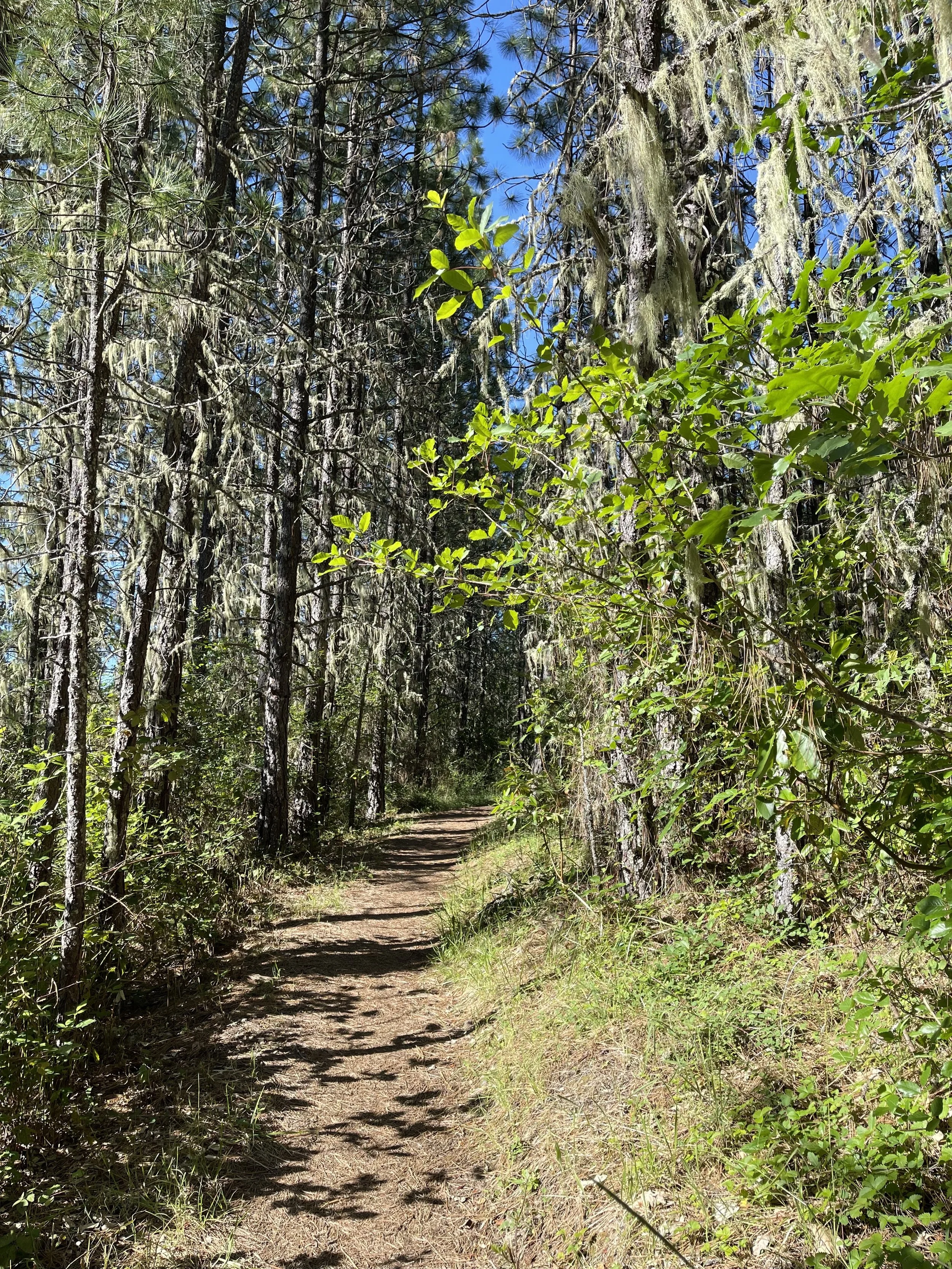Poison Oak is Spreading in the West. Here’s What You Need to Know to Enjoy Getting Outdoors
Poison oak red and green leaves in spring
The Pacific Northwest is a paradise for outdoor lovers. It has so much to offer. Forests, rugged coastlines, and breathtaking mountain views. But amidst this natural beauty is a plant that can turn a fun adventure into an itchy regret - poison oak.
Poison oak can cause an itchy, blistering rash in most people. Only primates are affected by it. Your pets are fine with it, unless you have a pet monkey. People tend to become more sensitive to it with repeated exposure, so even if someone doesn’t react to it now, they may have a reaction in the future. The rash isn’t immediate. It usually shows up within a few days, sometimes up to a couple of weeks later.
Large branches of poison oak overhead, blending in with tree branches
In case you’ve heard the myth that you can build immunity to poison oak by ingesting it, that is definitely NOT true. It will do nothing but send someone to the emergency room. The premise is flawed to begin with because sensitivity to it increases with exposure. The way it works is like an allergic reaction, not like a toxin you can develop a tolerance for.
Poison oak creeper along the trail
Poison oak leaves can range in color (from bright green to reddish), size, shape, and texture (from shiny to matte) which makes it tricky to identify. With experience, it’s not too hard to spot, but it takes practice.
Knowing how to identify and deal with poison oak is essential for outdoor adventurers in the west.
Poison oak, scientific name Toxicodendron diversilobum, is found on the West Coast of North America; Canada, California, Oregon, and Washington. There are technically 2 species that are similar, both native to Western North America. Pacific poison oak, aka poison oak, (Toxicodendron diversilobum), and western poison ivy, (Toxicodendron rydbergii). Poison oak is the one you’ll likely see in the PNW, but they both look very similar.
Poison oak budding in the spring
Urushiol—the toxic oil in poison oak—is in the entire plant, even the stems, year-round. The oil can be picked up with the slightest brush against the leaves, flowers or stems. The oil can cause an itchy rash, blisters, and in extreme cases, can get into the bloodstream resulting in a trip to the emergency room.
The leaves are often lobed and can look just like oak leaves. Its most distinctive feature is its leaves, which are usually grouped in clusters of three—hence the well-known adage, “Leaves of three, let it be.” Oak leaves aren’t arranged like that. The 3 leaf arrangement is a telltale sign that it’s poison oak.
Poison oak flowering in spring
Historically, poison oak has been a common plant in the Pacific Northwest, growing in certain areas. However, its growth patterns have changed and expanded over the years. In the past, poison oak was predominantly found in wild, undeveloped areas. Today, poison oak can be found not only in forests and woodlands but also along trails, in parks, and even in backyards.
Poison oak hasn’t been scientifically studied as much as poison ivy, which is found in the eastern states, but since they’re related, the data can be relevant to poison oak too. Poison ivy has been flourishing with the changes in climate. It’s becoming larger, more prevalent, and also more toxic. Warmer temperatures, increased CO2 have created conditions that favor the spread of the plant. Poison ivy growth is stimulated more under these conditions than other plants. From what we’re seeing here in the west, poison oak, like poison ivy, has been flourishing in recent years too. In many areas, poison oak has become more abundant, thriving in disturbed soils and expanding its range into higher elevations where it was once rare.
Nature has a language. If we observe, poison oak seems to say to us primates, “Everything is connected. Have respect. Watch your step. Take care. Slow down. Be grateful. Care for the neighbors and the neighborhood.”
Trees with poison oak climbing vine
How to Identify poison oak
Leaf Shape and Color: Poison oak leaves are grouped in threes, usually with lobed edges that often look just like an oak leaf. The leaves can have large lobes or hardly lobed at all. The leaves are always grouped in threes. They are usually shinier than oak leaves, but this is not always the case. In the spring, the leaves are often red turning green and in the fall usually turn reddish and gold as the plant dries and drops its leaves.
Lookalikes: Be cautious, as poison oak can be easily mistaken for oak. It often grows along with oak. One way to tell the difference is by the leaf arrangement—poison oak always has leaves in groups of three. Other differences are the flowers and tiny berries of poison oak instead of acorns that you see on an oak tree.
Growth: It can reproduce by seeds or by rhizomes, sending shoots out just under the surface of the soil. Poison oak can grow as a small plant, a shrub, usually 1 to 6 feet tall, or as a climbing vine, winding its way up trees, fences, or walls. It can climb to at least 30 feet high. It can also appear as a creeper along the ground, including onto trails. Sometimes it will grow overhead, arching over a trail. You have to make a habit of constantly looking out for it, high and low.
Trail with poison oak







